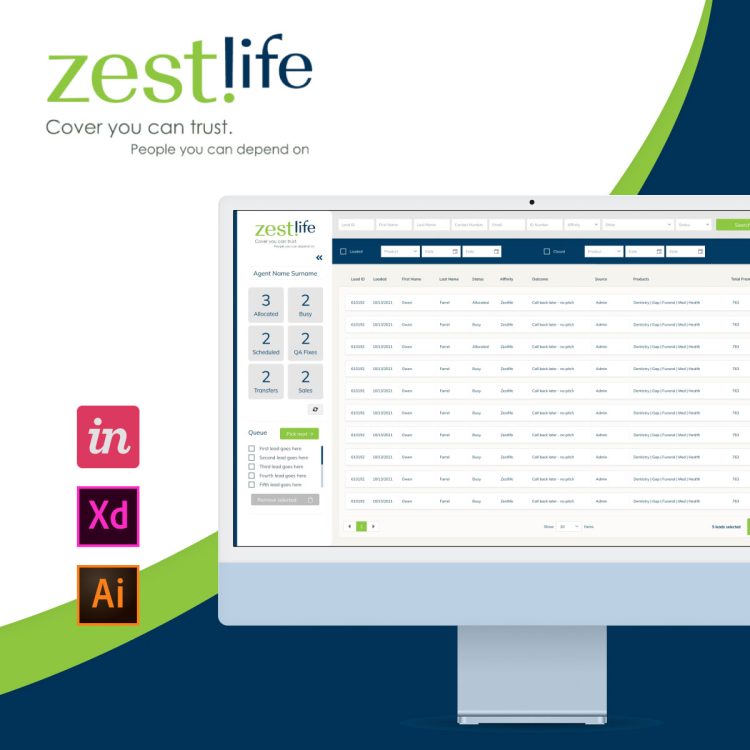
Thank you for taking the time to view my work, information, and anything else I may decide to post on this site. I have been designing in various forms since my high school days, but it was over 20 years ago that I began my professional career in web and graphic design. Over time, my passion and skills evolved and I ultimately became a UI designer. Eventually, I found myself in the most rewarding role of my life, as a UX designer. With over ten years of experience in UX/UI design, I continue to love every moment of it.
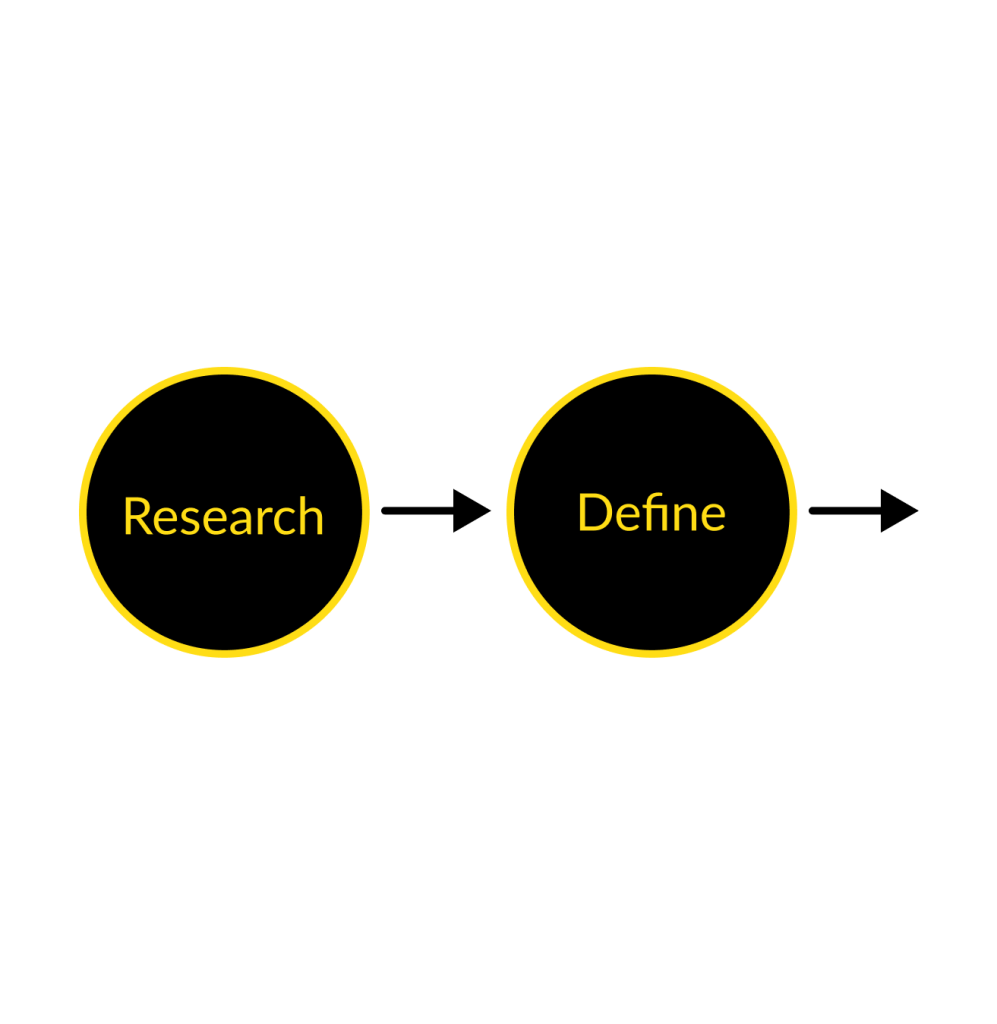
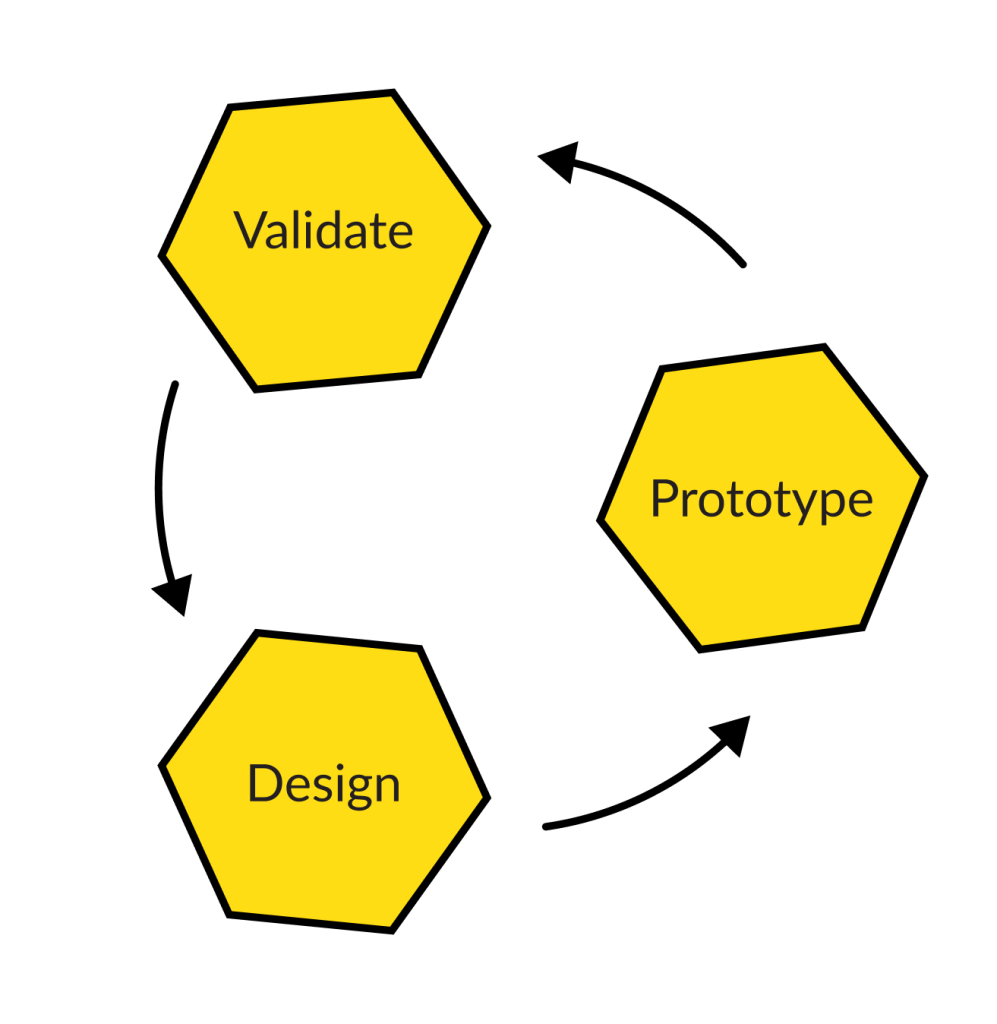
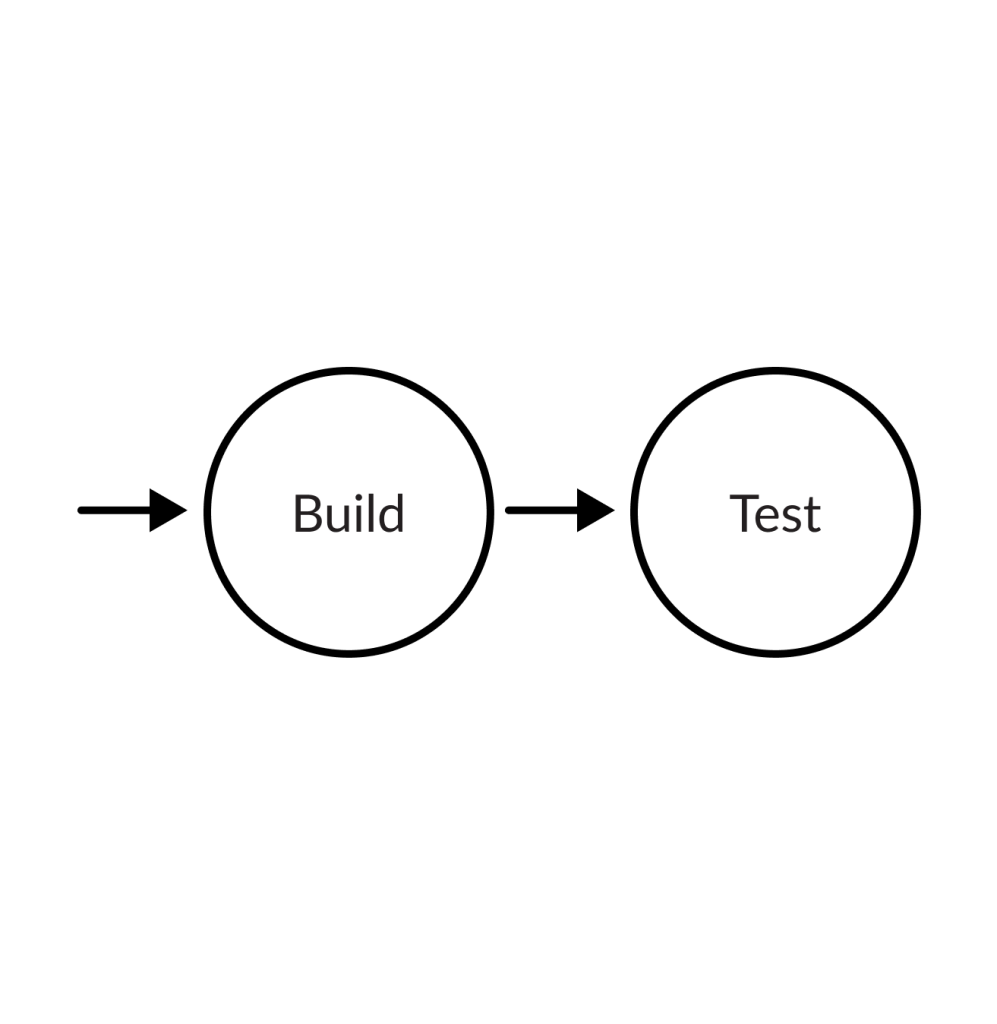
What the product is built to do? What problems does it solve?
How does it look? How visually appealing is it? What is its personality?
What does it feel like to use this products? What does it feel like to move through it? How easy is it to navigate?
Recipients of this university-accredited qualification in UX Design have demonstrated the ability to bring a user-centred mindset to product design projects. Recipients of this diploma can prepare and conduct a variety of user research studies to develop a broad and deep understanding of user goals and problems. Recipients can use a number of analysis frameworks to clearly articulate the existing customer experience. Recipients can design common desktop and mobile workflows such as registration, onboarding and payment. Recipients can design and build high-fidelity prototypes using popular prototyping tools and annotate wireframe specifications for developer handover.
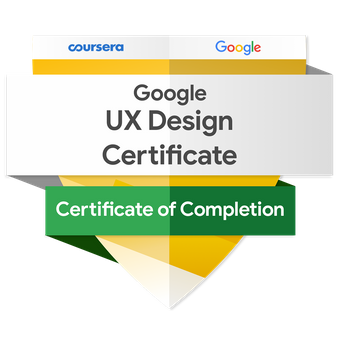
Those who earn the Google UX Design Certificate have completed seven courses, developed by Google, that include hands-on, practice-based assessments and are designed to prepare them for introductory-level roles in UX design. They can complete the design process from beginning to end: empathizing with users, defining their pain points, coming up with ideas for design solutions, creating wireframes and prototypes, and testing designs to get feedback.
These are my tools-of-choice that I tend to use on a daily basis to help solve problems and create kick-ass solutions.
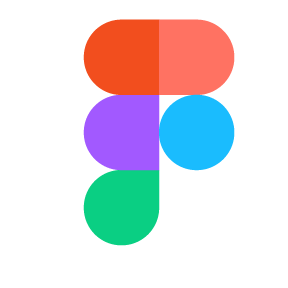
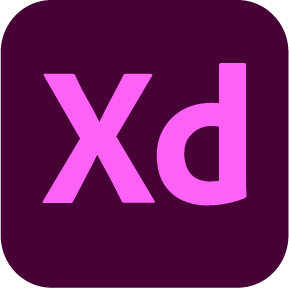
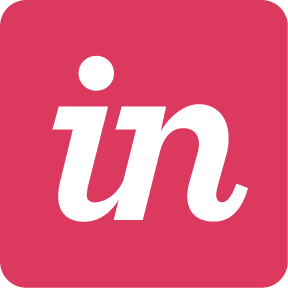
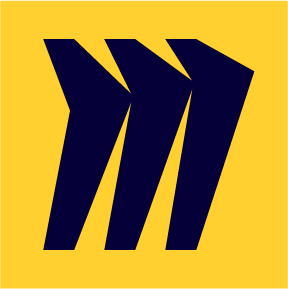
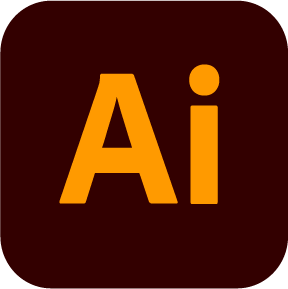
LET YOUR PEOPLE CALL MY PEOPLE